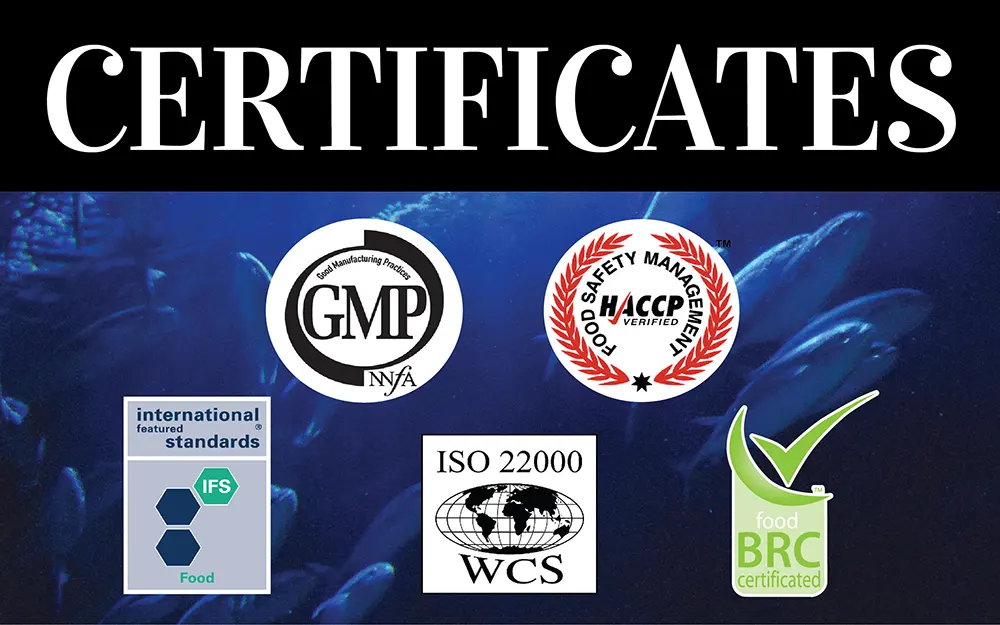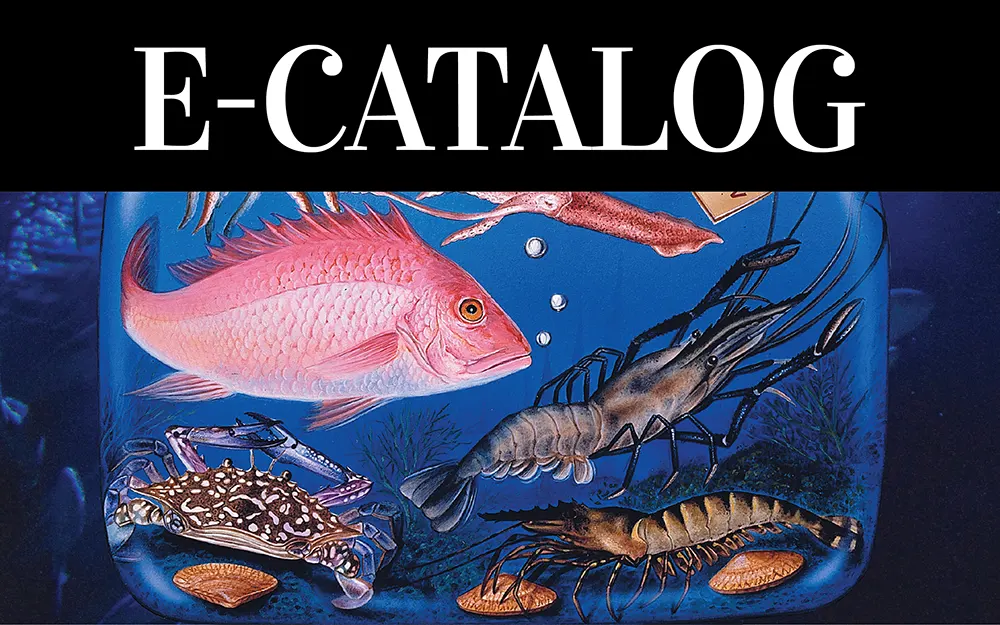
Siam Canadian founder sees pandemic drive 2020 shrimp supply drop, long-term market changes: Undercurrentnews
Tom Seaman: UnderCurrentNews
The coronavirus pandemic is driving a drop in farmed shrimp supply in 2020, but will also cause fundamental, longer-term changes to the market, said the founder of a big Asia-based supplier.
Jim Gulkin, the founder of Bangkok, Thailand-based Siam Canadian Group – a frozen seafood supplier with offices across Asia — believes Indian production could contract as much as 20% in 2020 to around 450,000525,000 metric tons. Other Undercurrent News sources feel the drop could be as much as 30%.
In Vietnam, Gulkin reckons Indian production of vannamei and black tiger could be down 5-10% to 600,000t-650,000t. Gulkin also believes Thai production will be in the 220,000t-250,000t range. For 2019, production was around 250,000t. Prices are high in Thailand, due to the short supply, he said.
Undercurrent’s prices portal shows Vietnamese prices are fluctuating somewhat and are down year-on-year.
For India, the COVID-19 situation disrupted production and made farmers reluctant to seed earlier in the year, due to concerns about market prices and falling demand, Gulkin told Undercurrent.
“Indian raw material prices previously moved up as a result of new orders on the books for many packers and lack of raw material but do not seem to be moving up further at this time. Seeding continues, especially in Andhra Pradesh. Expect India will have improved production starting late August into September.”
In Indonesia, where prices have been moving up, production will likely be similar to 2019 at 400,000t-450,000t, said Gulkin. “Demand is currently outstripping supply.” Indonesian production is less likely to drop as “raw material prices are largely workable for farmers”, he said.
“Shrimp supply will continue to be fluid, highly changeable from region to region and country to country. It will be much less easy to predict going forward,” he said. “As production from various origins becomes less predictable, it is important to have alternative origins and processors available to supply.”
The pandemic has increased the “roller coaster supply and demand situation” in shrimp, adding another factor to the long list driving the market, such as climate change, weather and disease, he said.
Downstream market changes
As well as slowing production, the pandemic is already causing changes in the main markets for shrimp which are likely to stick for the longer-term, Gulkin said.
In the US, the retail market continues to be strong, which Gulkin foresees continuing for the year. “Foodservice, which was starting to show signs of coming back to life, is now slowing down again as COVID rapidly spreads, unchecked in many states. There seems to be no good argument for any substantial recovery of foodservice for 2020 except for restaurant takeout/delivery and online sales,” he said.
EU retail sales are not as strong as the US, he said. “Foodservice for EU will see some recovery but with restrictions unlocking too quickly in many places, a resurgence of COVID is likely in a number of countries and if so, we will be back to where we started.”
The shift to online retail in the EU and the US during the pandemic will continue, he said.
“COVID gave this channel a tremendous shot in the arm. More seafood will be consumed at home and less in restaurants. This is another effect of COVID but the effects will be long-lasting. Consumers, in general, are also gaining more and more acceptance for frozen seafood as opposed to fresh. Again, this is another result of COVID,” said Gulkin.
“Traditional in-store retailing was already shrinking prior to COVID, losing ground to e-commerce. More so on non-food than food. But COVID has given e-commerce an unimaginable boost,” he said.
“For retailers to survive in the future, they are going to have to build very user-friendly, very efficient e-commerce sites that are backed up by superior logistics to ensure the smoothest order to delivery process possible. Walmart has already done so. They have the second-largest e-commerce platform in the US after Amazon. Retailers, both food and non-food, who do not succeed with e-commerce ultimately may perish. Of course, there will always be in-store retailing but it will shrink and continue to shrink in the years to come,” he said.
“Millions upon millions of people globally who did not purchase online regularly have now become much more comfortable with it for both food and non-food items. Many people felt uncomfortable purchasing online — not being sure what they will get and feeling perhaps intimidated by the technology. But that has changed. Once somebody buys online they realize how easy it is. How much easier than getting in your car and going to the supermarket and mall and spending two-to-three hours out of one’s day,” he told Undercurrent.
Online and traditional retailers need to widen their ranges of shrimp products, to tap into the fact consumer tastes are becoming more diverse, he said.
“Pre-prepared, ready-to-cook, ready-to-eat categories will grow. Small portions suitable for a single person are becoming more important. People who, pre-COVID, traditionally often ate in restaurants have become more adept and amenable to preparing evening meals for themselves. Obviously, takeaway and ordering-in have grown tremendously as well,” Gulkin said.
More shrimp will continue to be consumed in the Asian production countries, he said. “China is the world’s largest importer and consumer of shrimp. It used to be a major exporter. Indian domestic consumption continues to grow and the potential is huge with a 1.4 billion population. Domestic consumption also continues to grow in Thailand, Indonesia, Vietnam, Brazil and other countries. The more shrimp consumed in major producing countries, the less available for export,” he said.
Consumption in production countries is also evolving to include more frozen and value-added, said Gulkin.








